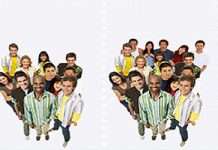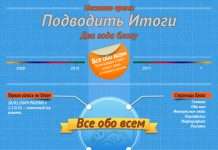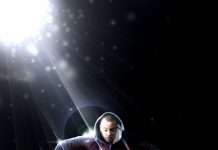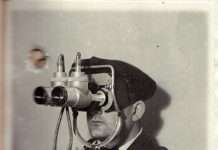A passing comet has captivated public imagination and sparked debate among scientists – is it an alien visitor or just a curious celestial oddity? Comet 3I/ATLAS, discovered by the Asteroid Terrestrial-impact Last Alert System (ATLAS) in July, has generated considerable buzz, fueled in part by the outspoken theories of Harvard astrophysicist Avi Loeb.
While there’s no cause for alarm – NASA assures us it poses no threat to Earth – the comet’s origins and characteristics have ignited discussions about life beyond our solar system. The unusual public interest was amplified when reality TV star turned X (formerly Twitter) influencer Kim Kardashian inquired directly about 3I/ATLAS, prompting a response from acting NASA Administrator Sean Duffy. Even Joe Rogan devoted segments on his podcast to the topic.
Loeb’s Claims and Scientific Pushback
Loeb, well-regarded for his work on black holes and dark matter, has become increasingly vocal about the possibility of extraterrestrial life. In recent months, he’s suggested that 3I/ATLAS could be a technologically advanced alien probe disguised as a comet – a “Trojan Horse” spying on Earth or even something more sinister.
This controversial theory has garnered significant media attention, with Loeb appearing repeatedly on news programs to present his arguments. He argues that the comet’s unusual features – its unusually bright and colorful display near the sun, its high carbon dioxide content compared to typical comets, and its nickel concentration – point towards artificial origins rather than natural processes.
Loeb also highlights that 3I/ATLAS travels in almost the same plane as our solar system’s planets, a seemingly deliberate alignment he believes unlikely to occur randomly. He maintains openness to revising his stance with further observations but urges policymakers to treat this possibility seriously.
However, many scientists contest Loeb’s interpretation. David Jewitt, an astronomer at UCLA, asserts that everything observed about 3I/ATLAS aligns with known cometary behavior. While acknowledging the comet’s unusual properties, he insists these can be explained by natural processes. He expresses frustration at Loeb’s tendency to frame every observation as evidence for artificiality, fearing it undermines public trust in science by suggesting a cover-up when anomalous data is challenged.
A Matter of Probability and Public Perception
Dr. Siemion of Breakthrough Listen acknowledges the captivating nature of the alien possibility but emphasizes the importance of discussing probabilities alongside speculation. He points out that while Loeb estimates there’s a “30 to 40 percent” chance 3I/ATLAS is artificial, this figure lacks scientific rigor and isn’t based on quantifiable data.
This lack of solid evidence highlights the gap between Loeb’s compelling narrative and mainstream scientific consensus. Nevertheless, Dan Fagin, director of the Science, Health, and Environmental Reporting program at NYU, argues that it’s valuable for scientists to engage with public interest in topics like extraterrestrial life, even those deemed unconventional. He stresses, however, the need for transparency about the limits of current knowledge and careful articulation of both possibilities and probabilities.
The comet 3I/ATLAS remains a cosmic puzzle, offering tantalizing hints about the nature of our universe. While it likely won’t reveal aliens in spaceships, it does serve as a potent reminder of humanity’s enduring fascination with finding life beyond Earth and the ongoing challenge of communicating scientific complexity in an age of instant information and viral theories.







































